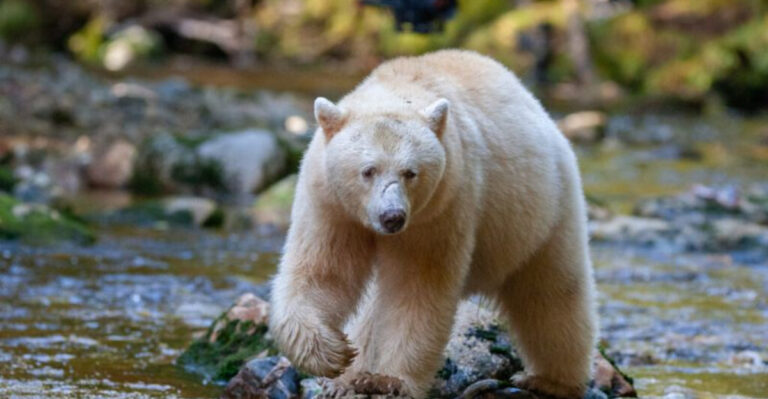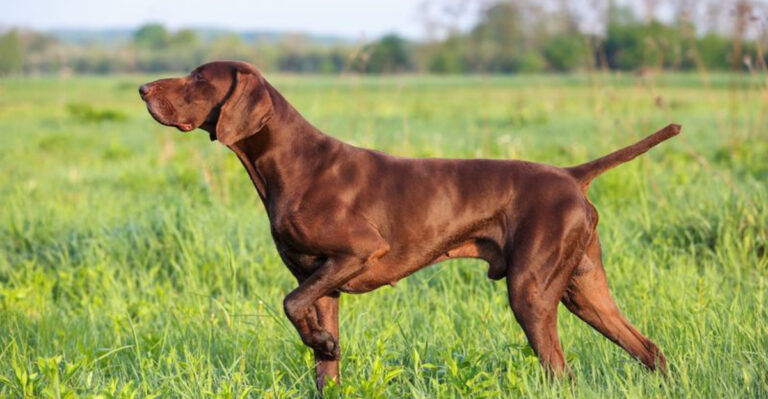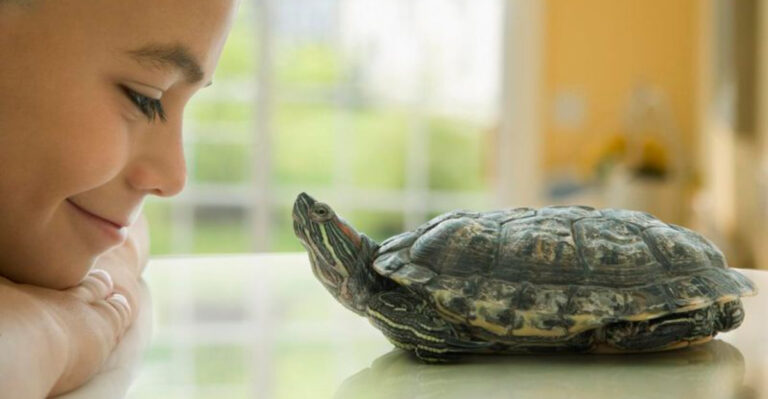10 Common Dog Behaviors That Are Misunderstood And 5 Uncommon Ones You Should Know
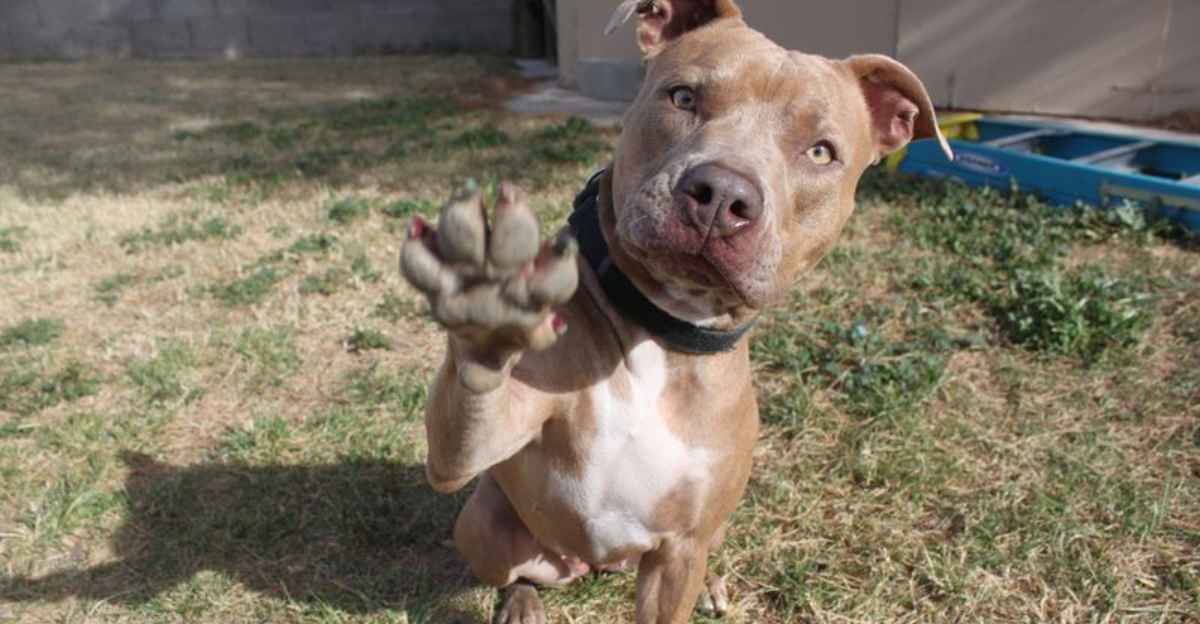
Our furry friends communicate with us in ways that often get lost in translation. Dogs have a rich vocabulary of behaviors that tell us exactly how they’re feeling, what they need, and how they view the world around them.
Understanding these signals not only strengthens your bond with your pet but also helps prevent misunderstandings that could lead to frustration for both of you.
1. Tail Wagging Isn’t Always Happy
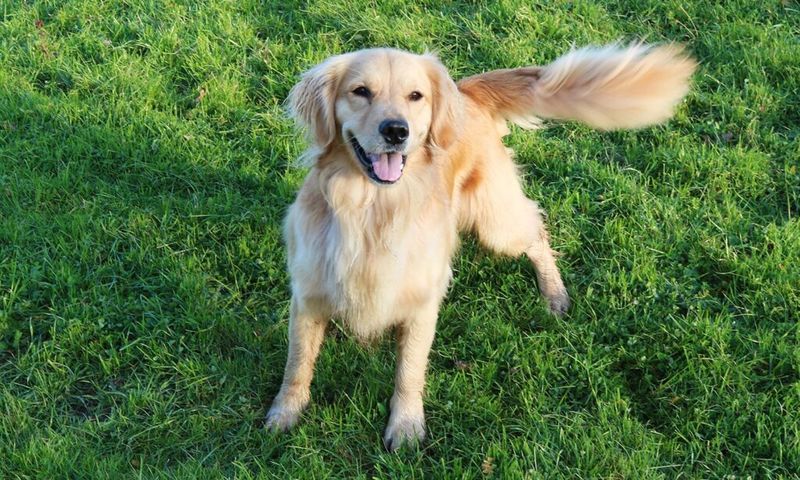
A wagging tail can actually signal different emotions depending on its position and speed. High, stiff wags might indicate alertness or even aggression, while low, sweeping wags typically show friendliness.
Pay attention to your dog’s entire body language. A relaxed posture with a wagging tail means happiness, but if the body is stiff, your pup might actually be nervous or on guard.
2. Panting Beyond Just Heat
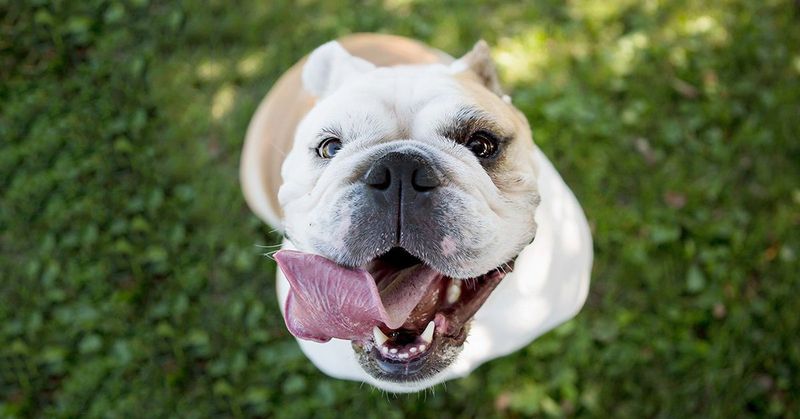
Your dog’s heavy breathing isn’t just about cooling down. Panting can indicate excitement, but also stress, pain, or even certain medical conditions like heart problems.
Context matters enormously. A dog panting after play is normal, but panting while resting in a cool room might warrant attention. Watch for accompanying signs like restlessness or unusual lethargy to better understand what’s happening.
3. Digging With Purpose

That crater in your garden isn’t just random destruction. Dogs dig to create cool resting spots, hide treasures, hunt burrowing animals, or simply because they’re bored.
Wild canine ancestors dug dens for protection and temperature control. Modern dogs retain this instinct even when living in our homes. Providing appropriate digging areas can satisfy this natural urge without sacrificing your landscaping.
4. Barking’s Many Messages
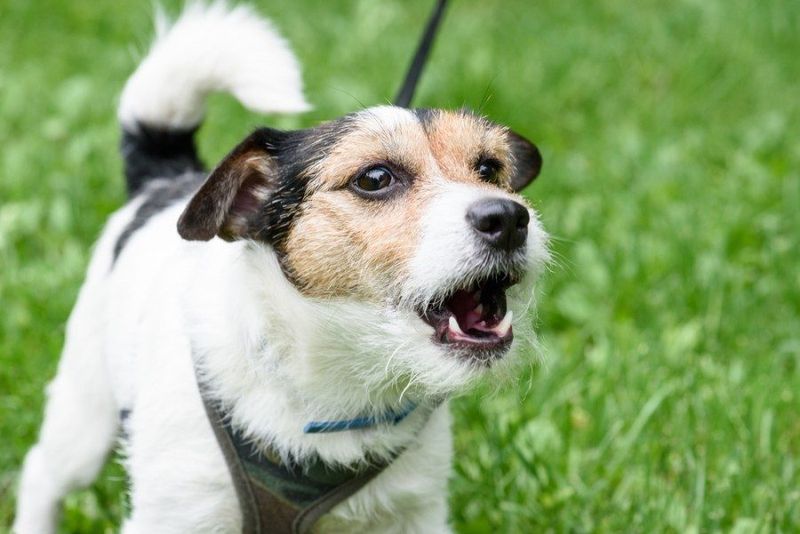
Each type of bark carries different information. Short, sharp barks often signal alarm, while continuous barking might indicate loneliness or frustration.
Dogs also adjust their pitch and rhythm based on what they’re trying to communicate. Low-pitched barks typically warn of threats, while high-pitched ones usually express excitement or playfulness. Your dog’s barking vocabulary is surprisingly sophisticated!
5. Licking Beyond Affection
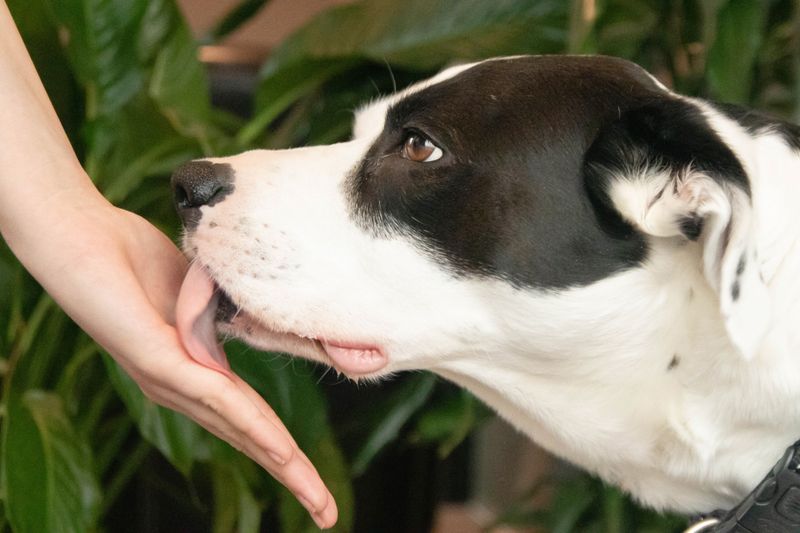
Those slobbery kisses might mean more than love. Excessive licking of people can indicate anxiety, submission, or even an attempt to gather information about where you’ve been.
When dogs lick themselves constantly, it could signal allergies, pain, or psychological distress. The context and frequency matter greatly. Occasional affectionate licks are normal, but obsessive licking deserves attention from both you and potentially your vet.
6. Chewing As Communication

Destructive chewing isn’t rebellion – it’s often a cry for help. Puppies chew during teething, while adult dogs might chew from boredom, anxiety, or excess energy.
Dogs explore their world through their mouths. Chewing also helps clean teeth and exercise jaw muscles. Providing appropriate chew toys can redirect this natural behavior away from your furniture and shoes while keeping your pup mentally stimulated.
7. Rolling In Smelly Treasures
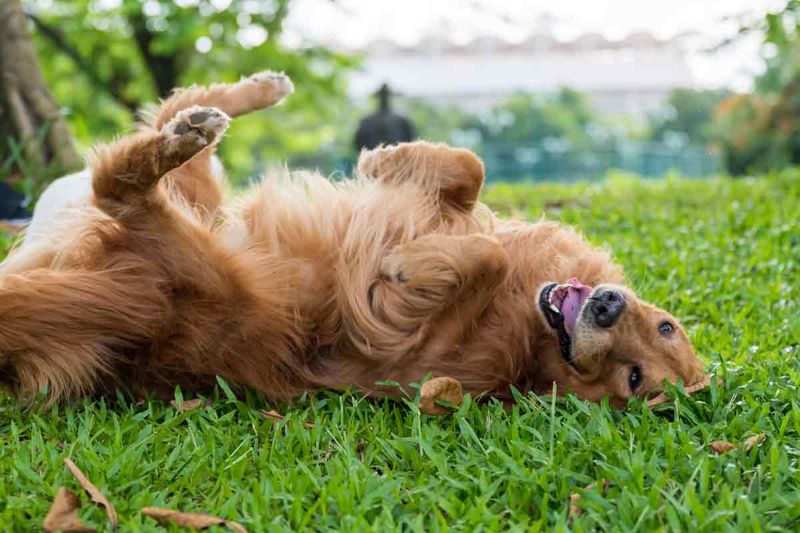
Your freshly bathed dog finding something revolting to roll in isn’t personal sabotage. This behavior likely stems from hunting instincts – disguising their scent from prey animals.
Some experts believe dogs roll in strong smells to bring information back to their pack. It’s like saying “Look what I found!” Even domesticated dogs maintain this wild instinct, much to our dismay after bath time.
8. Sniffing As Information Gathering
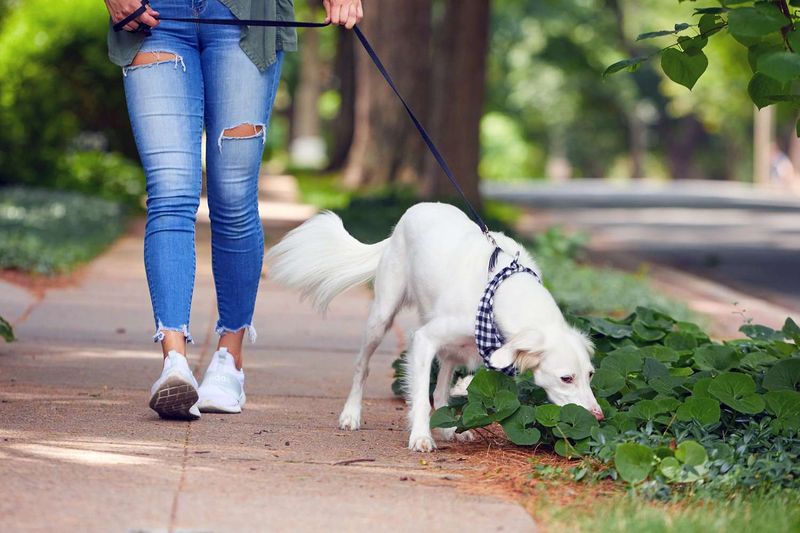
Those lengthy sniff sessions during walks aren’t just annoying delays. Your dog is reading a complex newspaper of scents, learning who’s been there, their health status, and even their emotional state.
Dogs have up to 300 million scent receptors compared to our mere 6 million. Allowing your dog time to sniff provides crucial mental stimulation. Those few minutes of investigation can be as enriching as miles of walking.
9. Chasing From Instinct
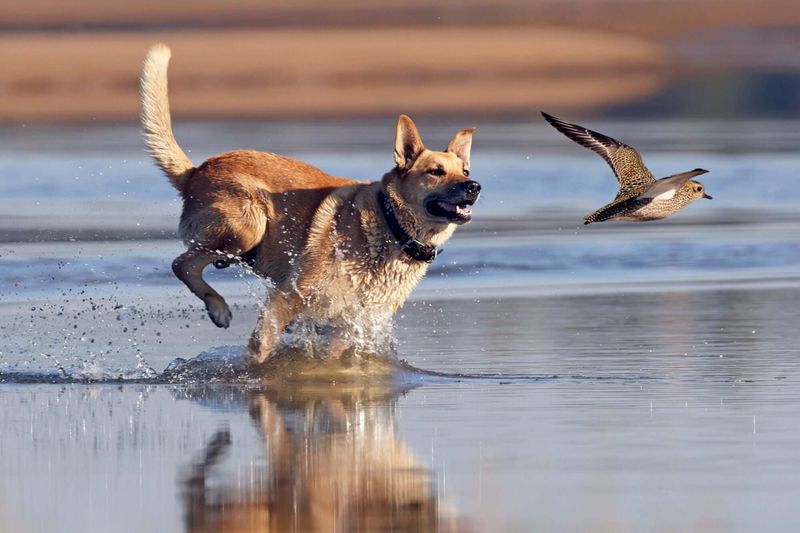
When your dog bolts after squirrels, bikes, or cars, they’re not being deliberately disobedient. This behavior taps into deep predatory instincts hardwired into their DNA from wolf ancestors.
The sequence of stalking, chasing, and catching releases feel-good chemicals in your dog’s brain. Some breeds, like herding and hunting dogs, have these instincts amplified through centuries of selective breeding for specific jobs.
10. Shadow-Like Following
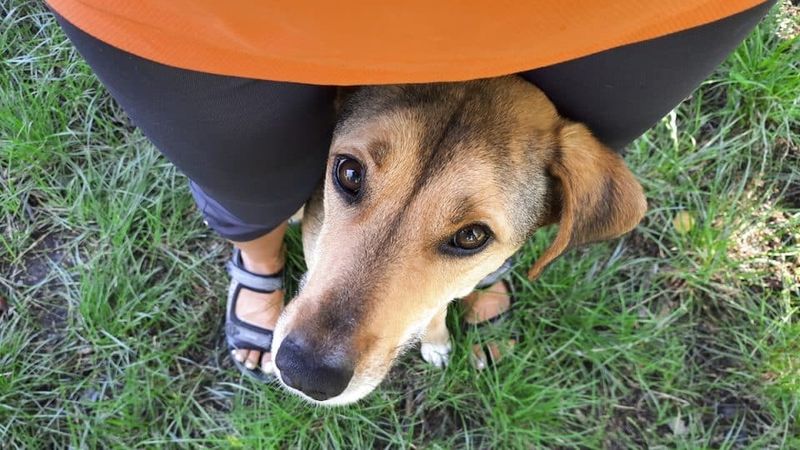
Your canine shadow isn’t necessarily clingy – they’re being a good pack member. Dogs are social animals who naturally want to know where their family members are and what they’re doing.
Following behavior strengthened during domestication as humans selected dogs who wanted to work closely with people. Many dogs genuinely enjoy human company and find security in maintaining proximity to their trusted people.
11. Resource Guarding Explained
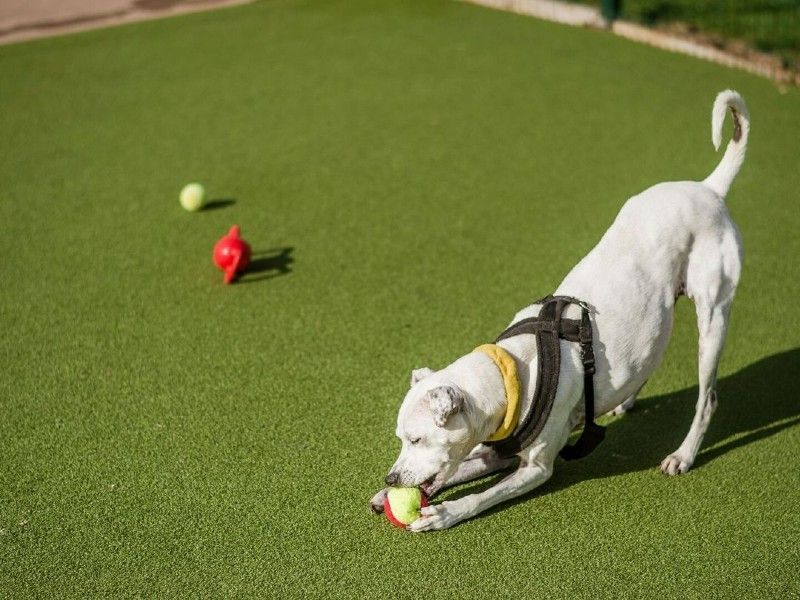
When your normally sweet dog growls over a bone or toy, they’re displaying resource guarding. This natural survival mechanism helped wild canines protect valuable food and territory from competitors.
The behavior ranges from mild (stiffening when approached) to severe (snapping or biting). Early intervention through positive training can help dogs learn that people approaching their resources predicts good things, not theft.
12. Mysterious Teeth Chattering

The rapid clicking of your dog’s teeth isn’t necessarily from cold. This unusual behavior often happens when dogs encounter interesting smells, especially those with pheromones from other animals.
Teeth chattering can help dogs process complex scents by drawing them toward a specialized scent organ in the roof of their mouth. Some dogs also chatter from excitement or anticipation, particularly before meals or play sessions.
13. Paw Raising While Whining
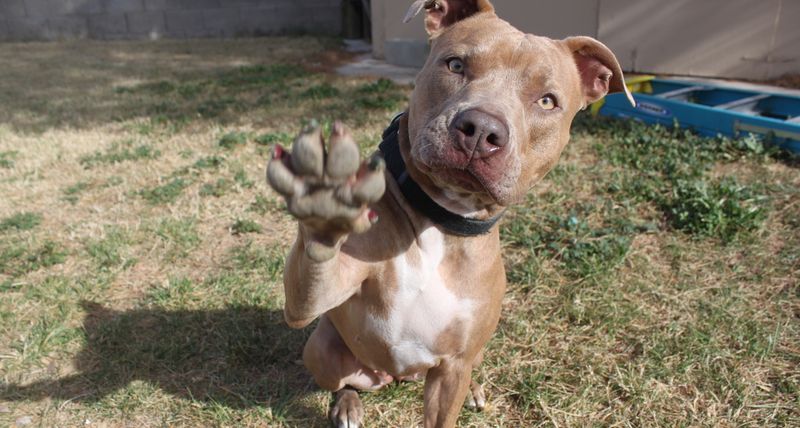
This expressive gesture combines vocal and physical communication for maximum impact. The raised paw mimics a puppy’s pawing motion when soliciting attention from their mother.
Your adult dog is essentially saying “I need something” in the most polite way they know how. The accompanying whine adds urgency to their request. This charming behavior shows your dog’s emotional intelligence and their adaptation to communicating with humans.
14. Air Snapping Or Nipping
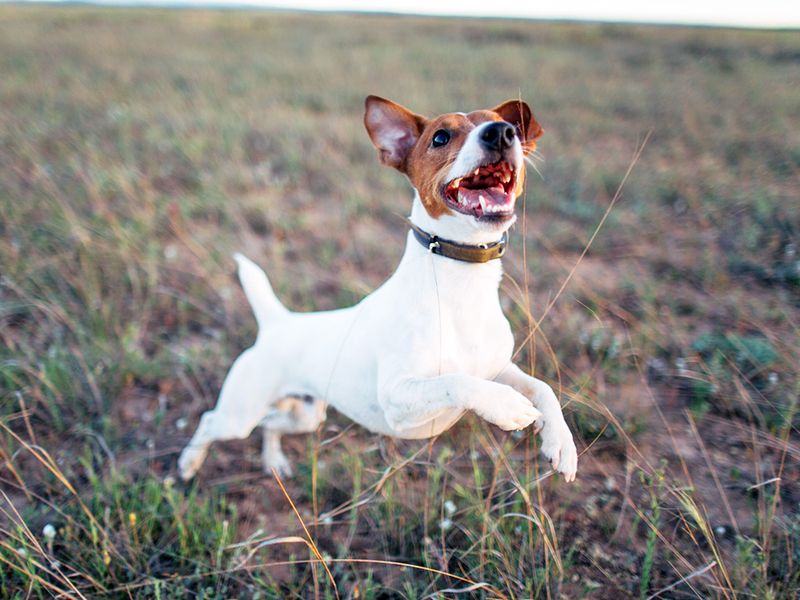
Those phantom bites your dog makes at nothing can be puzzling. Sometimes they’re catching imaginary flies due to visual disturbances or eye floaters that only they can see.
More concerning is when this behavior occurs regularly. It could indicate a focal seizure, compulsive disorder, or even hallucinations. If your dog frequently snaps at invisible things, especially with a glazed expression, consult your veterinarian to rule out neurological issues.
15. The Inviting Play Bow
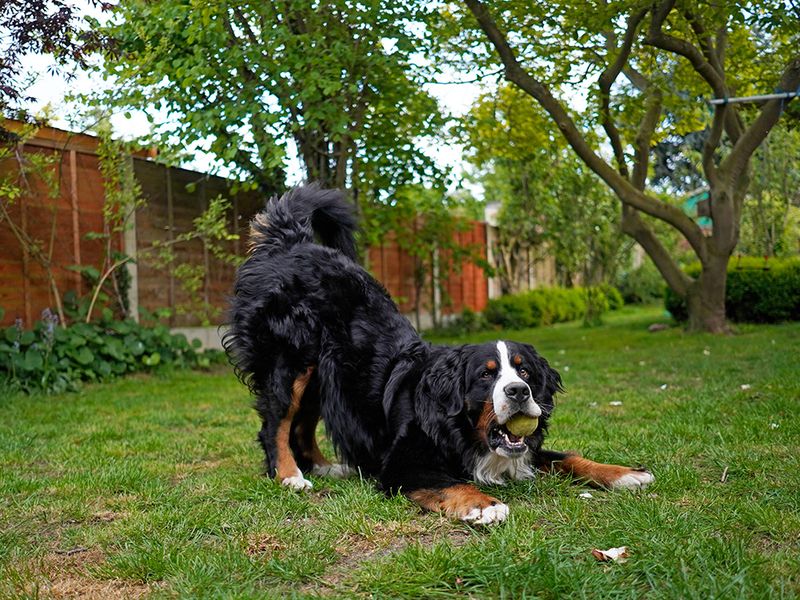
When your dog drops their front end while keeping their rear elevated, they’re extending a formal invitation to play. This universal canine gesture signals friendly intentions and helps prevent rough play from being misinterpreted as aggression.
Play bows often come with exaggerated movements and a relaxed, open-mouthed expression. By learning to recognize this gesture, you can better understand when your dog is in a playful mood versus when they need space or quiet time.

